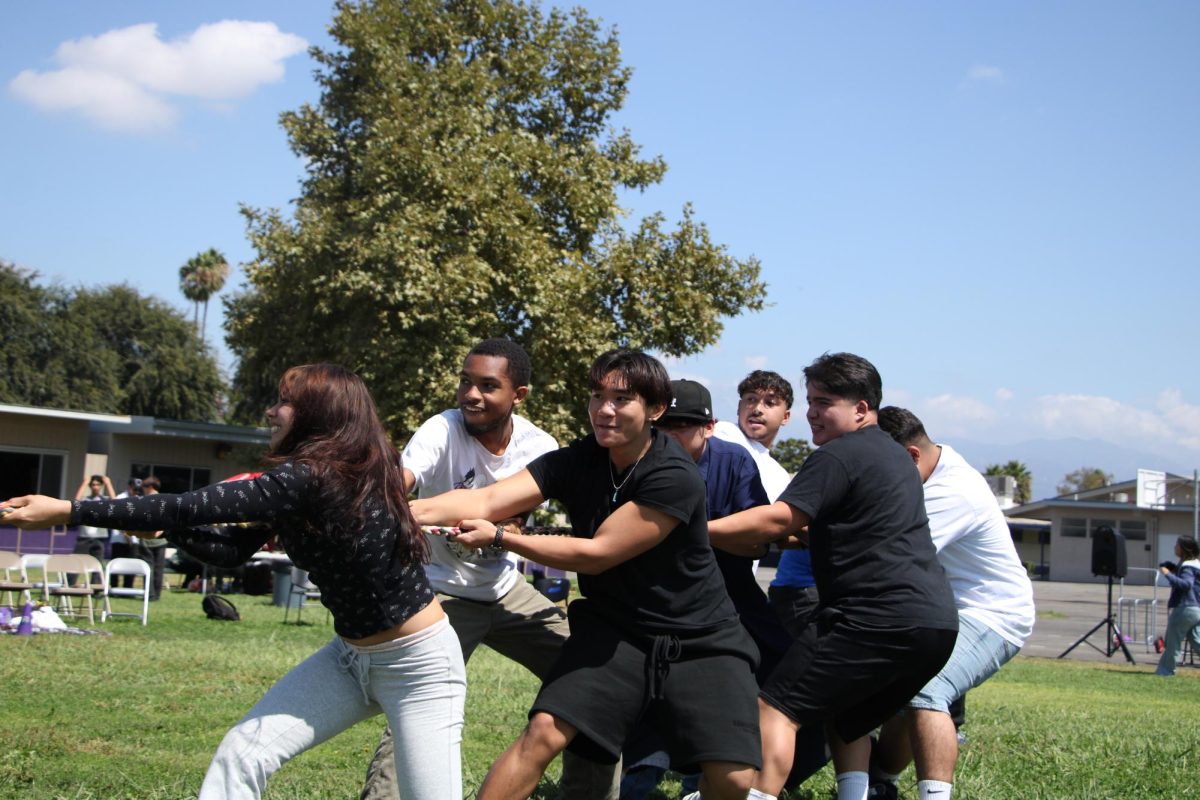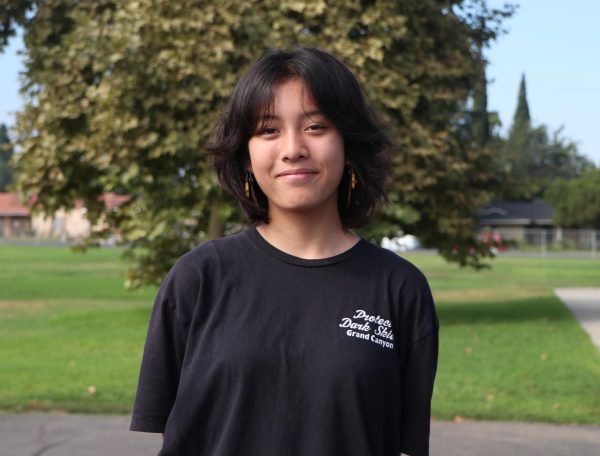While most of us spend the first week or two adjusting to the change in daylight, It’s time yet again, to fall back on an old topic and discover what exactly daylight savings is, where it came from, and whether MECA truly enjoys saving sunlight or darker days.
History of daylight savings
Daylight Saving Time (DST) is a yearly practice where we change the clocks twice a year to make better use of daylight. It involves moving the clocks one hour forward in the spring, giving us longer evenings with more sunlight and then moving them one hour back in the fall to give us brighter mornings. This change helps us use natural daylight and saves energy, especially in the warmer months. (USA FACTS)
The idea of Daylight Saving Time goes back to the early 1900s in the Standard Time Act but was withdrawn a year later. It was then reintroduced during World War I to save fuel and power. With more sunlight, people were able to work more during the daytime and not waste power during the night. (McMilin, 2022)
Most states in the U.S. follow DST, but there are two exceptions, Hawaii and most of Arizona. Hawaii doesn’t use DST because it’s close to the equator, where daylight hours don’t change much throughout the year. Arizona doesn’t use it either, mainly because its hot climate means that people don’t need extended evening daylight, as they prefer cooler temperatures in the evenings. (Chasan, 2022)
This year, Daylight Saving Time started on Sunday, March 10, 2024, at 2:00 a.m. At that time, clocks were set forward by one hour, marking the start of the “spring forward” period. DST ended on Sunday, November 3, 2024, at 2:00 a.m., when the clocks were set back an hour to return to Standard Time, known as the “fall back” period.
Although the time change is meant to be helpful, some people can find it disruptive. There are ongoing debates about whether we should keep DST or get rid of it for good, as some people think it causes more of a hassle than benefit.
On the other hand, between the students and staff of MECA, the decision is split.

While many enjoy the extra hour given to us when daylight savings ends, there are a few disadvantages to this seemingly sweet deal. From the bright and early mornings
to the fast-approaching darkness of night, many can agree that the stark changes to daily life can become quite unsettling. As security guard Alex Palacios puts it, “At 5:30 it’s already dark… if [students are] staying later than that… It poses an issue, just to getting home safely.”
For others, the disruption to their sleep can be immensely irritating. English I teacher Courtney Bell expresses that “all it does is it disrupts our circadian rhythms, which is… the way that we sleep”.
Sharing this sentiment, mental health counselor Jasmine Deharo explains her situation. When faced with the challenge of raising young children, she has noticed how much it affects them, mentioning how “it affects their sleep…[and] I think just with that… we would be fine without it.”
Despite this, each person has their opinion on daylight savings, and their own reasons to both love or hate the procedure. For some, it’s a welcomed alteration to daily life. Senior Samantah Soto explains, “It’s cool to have a little switch up sometimes… It gets boring so I appreciate [the change].”
Similarly to Soto, senior Evangelina Esparza shares this idea of the benefits daylight savings can have. With the extra hour of sleep gained once the cycle ends, many can catch up on some much-needed rest, allowing thousands to get work done, relax, and take time for themselves. Evangelina reiterates this point, agreeing that, “It can be really beneficial for some people… who have trouble sleeping.”
Others like Johan Cordero, a Spanish teacher, see both the good and bad in daylight savings. Unlike those who thrive in the early mornings, he prefers the later start to his day, enjoying the benefits of having the sunset at 7 o’clock instead of 5:30. However, he does agree that the extra hour gained from “falling back” can be incredibly valuable for those who need it, sharing how, “For me, It’s a love-hate thing.”
Staff vs Students (Graph)
Not all students and staff have been interviewed however you should take the chance to make your opinion heard. Choose your side and get others to do the same by voting for whether you prefer springing forward during daylight savings, or falling back to our shorter days.













